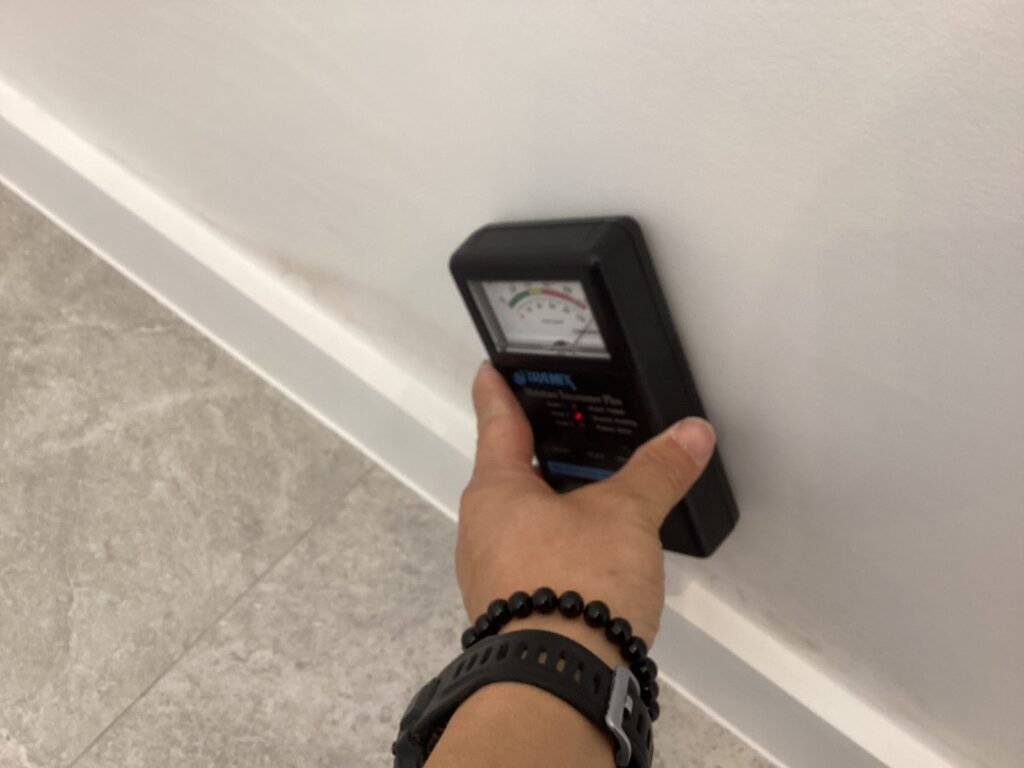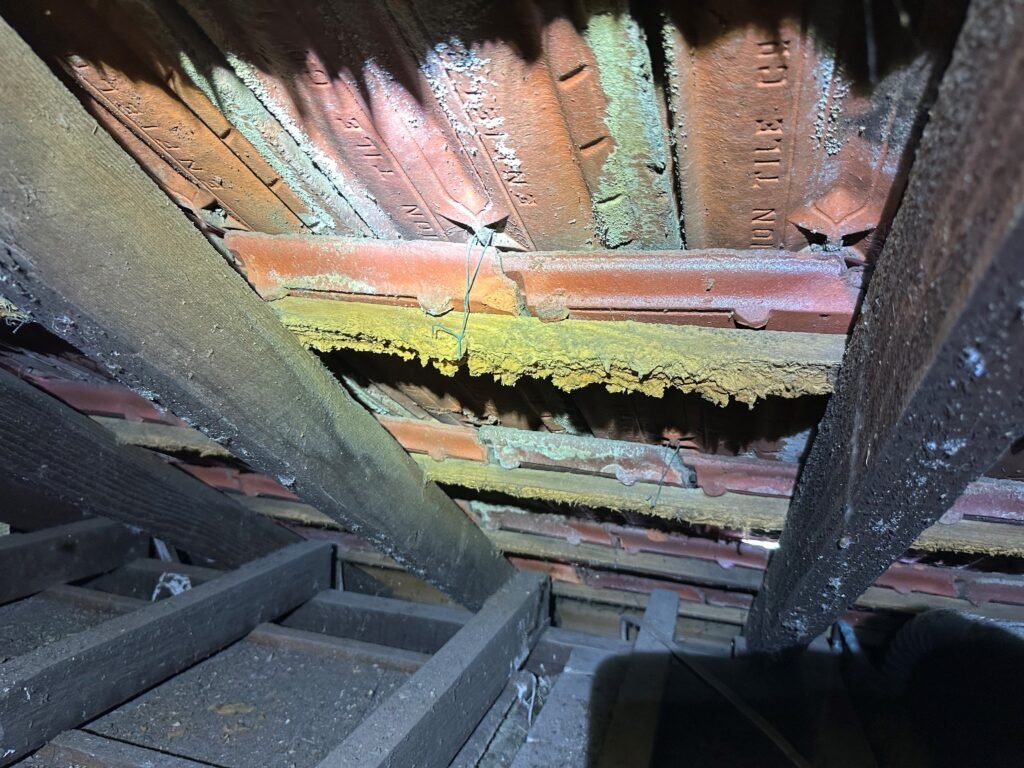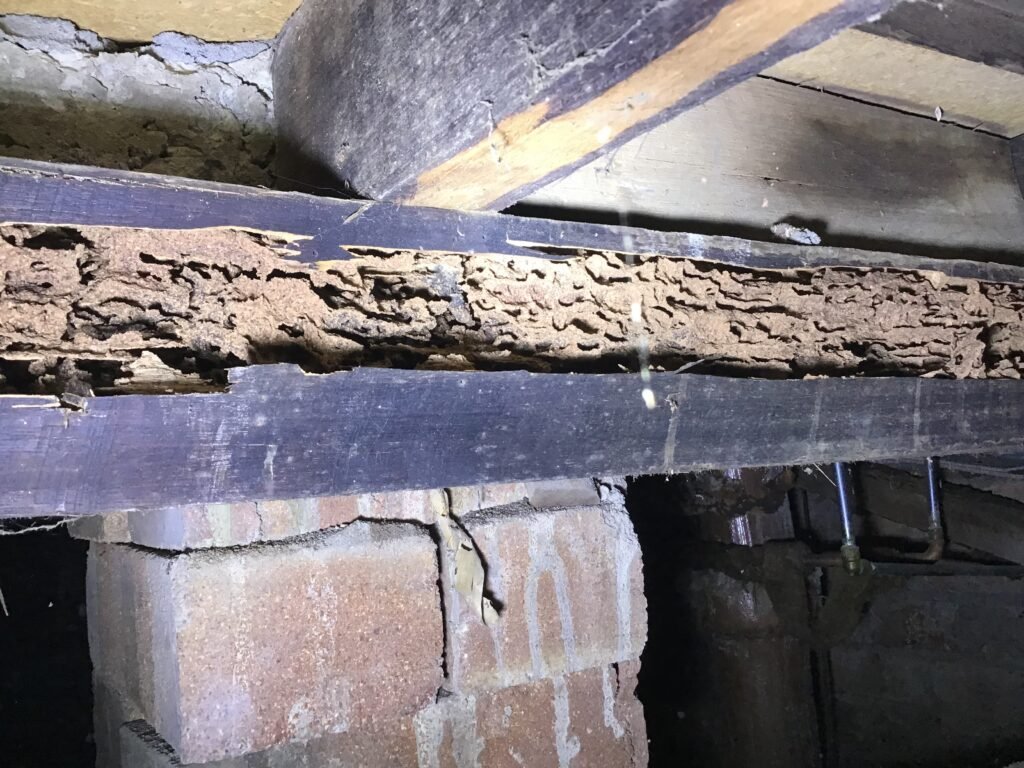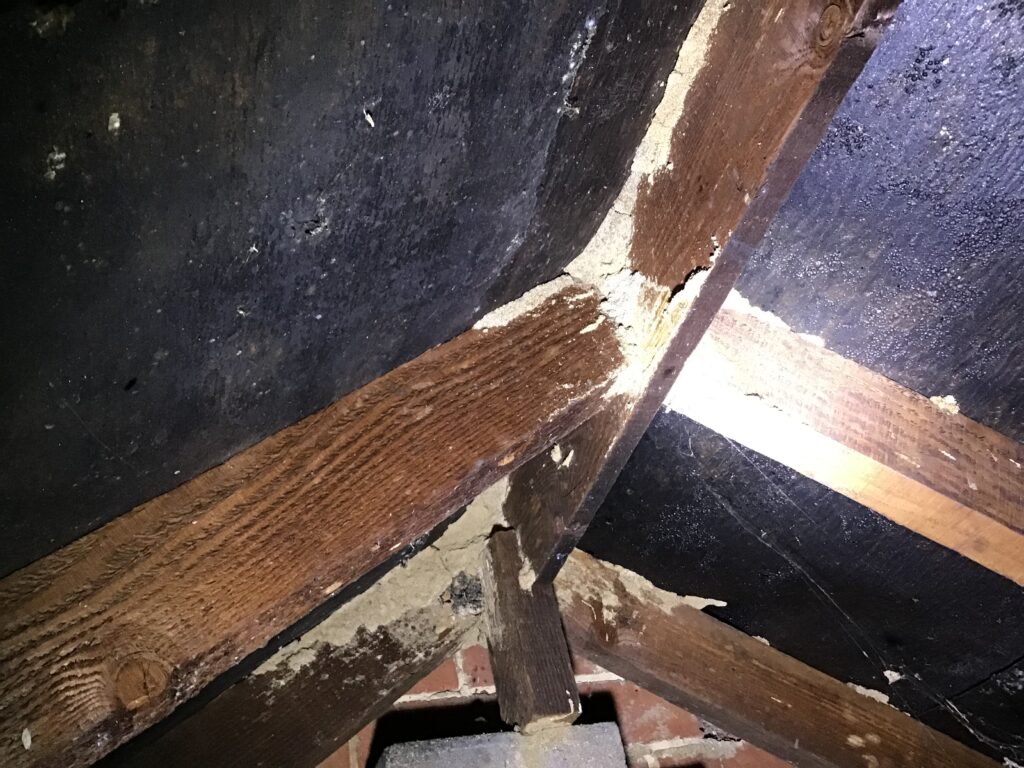What is pre purchase building and pest inspecton?
A pre-purchase building and pest inspection is an essential evaluation conducted before finalizing the purchase of a property. This thorough inspection aims to identify any existing or potential issues that could impact the safety, structural integrity, and value of the property. During the inspection, qualified inspectors meticulously examine the building for structural defects, maintenance issues, and compliance with building codes. Additionally, they assess the property for signs of pest infestations, such as termites or borer, which could cause significant damage if left untreated.
Why do you need a Pre Purchase Building & Pest Inspection?
A pre-purchase building and pest inspection is essential for several reasons:
- Identify Structural Issues: It helps uncover any structural problems that could affect the property’s safety and integrity.
- Detect Pest Infestations: The inspection checks for signs of pest infestations, such as termites or wood borers, which can cause significant damage.
- Safety Concerns: It identifies safety concerns that might not be visible during a regular viewing.
- Informed Decision Making: By identifying potential risks and repair costs, it enables buyers to make informed decisions.
- Negotiation Leverage: The findings can be used to negotiate a better deal with the seller.
- Avoid Costly Repairs: Early detection of issues can help avoid expensive repairs in the future.
- Peace of Mind: Ultimately, it ensures peace of mind by protecting your investment.
What We Will Examine:
During the inspection, all aspects of a property are carefully examined to provide an in-depth and detailed report on its overall condition, structural issues, roof leaks, bathroom leaks, and any moisture-related problems in the interior or exterior areas.
We will examine:
- Interior:
- Test all walls with a moisture detector for any moisture issues.
- Check all ceilings with a thermal detector for any moisture issues.
- Inspect all windows and doors for any signs of damage, rot, and moisture issues.
- Examine all floors and components for any signs of damage, uneven surfaces, and pest activity.
- Bathroom and wet areas:
- Check all walls for any signs of damage, tile cracks, and fittings.
- Test walls adjacent to the shower with a moisture detector for any moisture issues.
- Check all plumbing for any signs of leaks, damage, and proper functioning.
- Inspect all doors and joinery for any signs of moisture damage and condition.
- Roof Space:
- Check all timber frames for any signs of damage and incorrect installation.
- Inspect all timber frames for any signs of termite damage and activity.
- Look for any signs of leaking and light penetration through roof cladding.
- Check insulation for its condition and proper installation.
- Examine for any moisture damage of timber frames and structural concerns.
- Subfloor:
- Inspect all timber frames and floorboards for any signs of termite and borer damage and activity.
- Check all timber frames for any signs of rot and moisture issues.
- Examine all piers and footings for any signs of cracks, subsidence, and structural concerns.
- Assess dampness and ventilation conditions.
- Check for water ingress and drainage issues.
- Roof exterior:
- Check all roof tiles and cladding for any signs of cracks and damage.
- Inspect all roof flashings for any signs of cracks and penetration.
- Examine all gutters for any signs of leaks, ponding, and debris.
- Check all downpipes for any signs of leaks and connection issues.
- Building exterior:
- Inspect all walls for any cracks and damages.
- Check all walls for any signs of dampness.
- Examine all damp-proof courses and weep holes.
- Inspect all external doors and windows for any signs of damage and rot.
- Check for any site drainage that may cause building issues.
- Inspect all vegetation and trees that may cause building issues.
- All fence to be checked any signs of rot and termite damage

High moisture levels were detected by a moisture reader, indicating rising damp due to insufficient dampproof installation and site drainage.

Chemical delignification was found to the roof tile batten which compromised the structural integrity of the roof tile battens, resulting in the collapse of the roof tiles and the formation of gaps. These gaps permit rainwater penetration into the roof space, causing damage to the interior.

Termite damage has been identified in the timber bearer located in the subfloor. This necessitates an assessment of the extent of the damage, professional treatment of the termite infestation, replacement or reinforcement of the bearer with termite-resistant materials, and implementation of preventive measures such as improving ventilation and installing barriers.

Termite activity has been identified in the timber rafters within the roof space. An invasive assessment is required to determine the extent of the damage to the property, which may necessitate extensive repair work, potentially costing hundreds of thousands of dollars.
